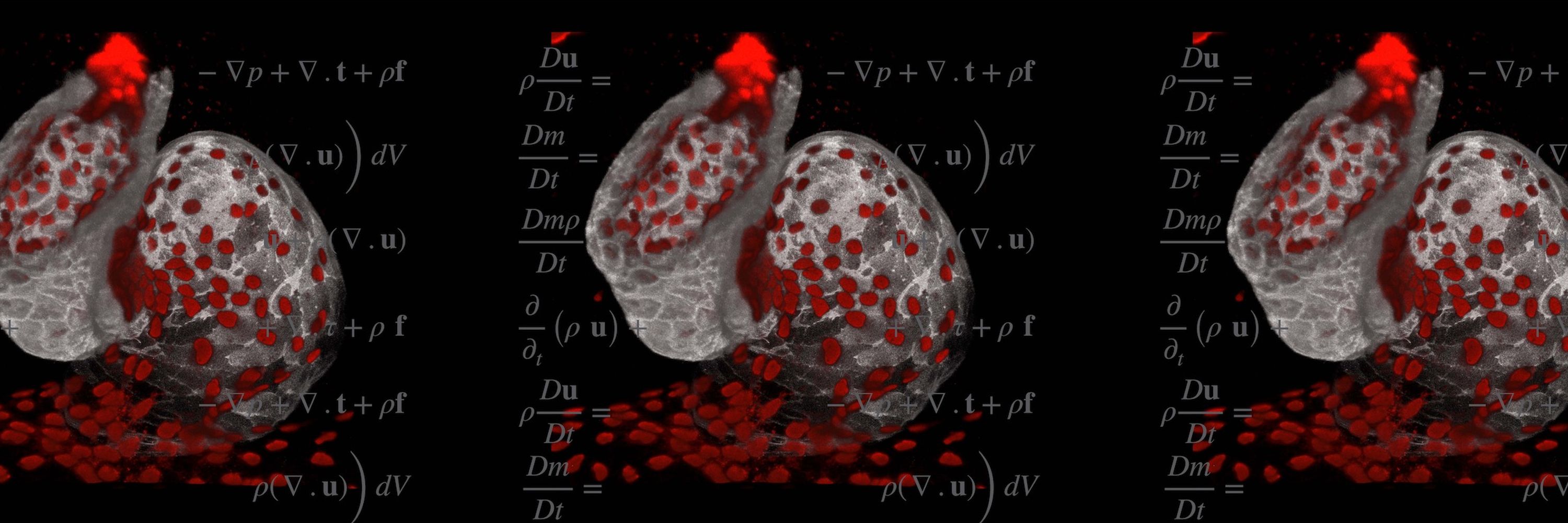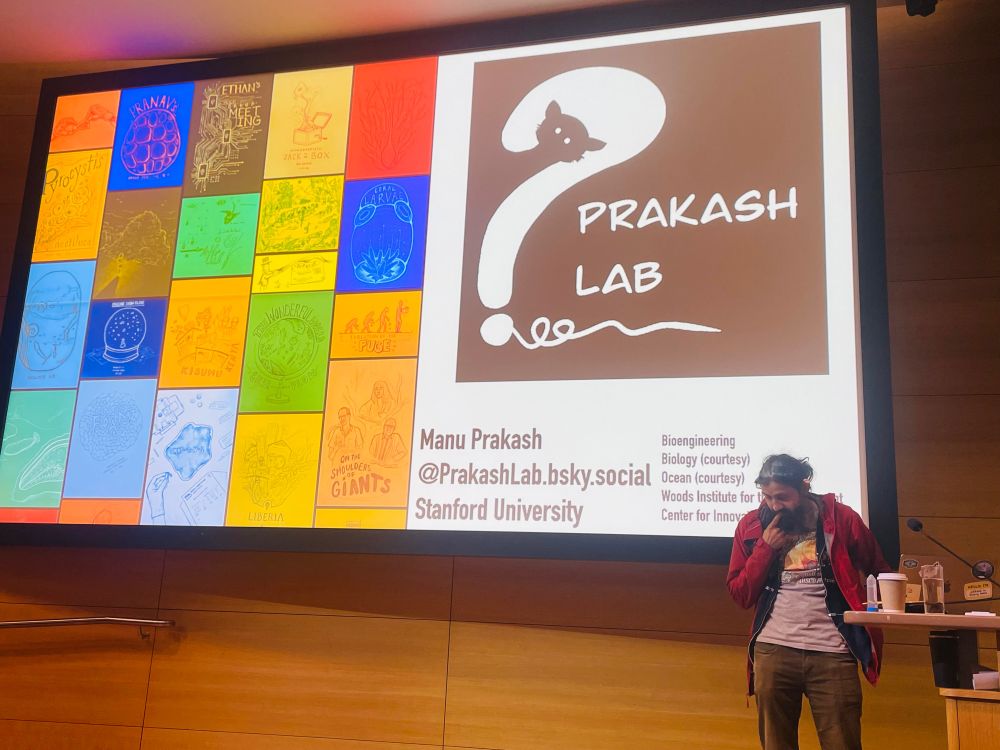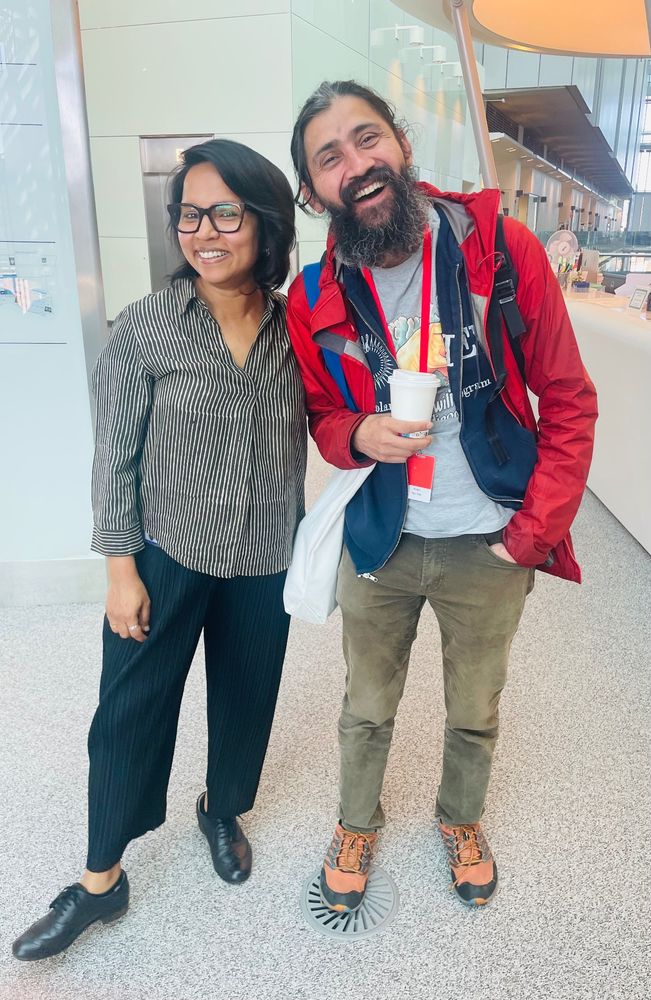
You’re off to an incredible start, and I couldn’t be prouder. Onward and upward!


You’re off to an incredible start, and I couldn’t be prouder. Onward and upward!

Amazing talk, Infectious enthusiasm and a refreshing reminder of why we all should stay curious...


Amazing talk, Infectious enthusiasm and a refreshing reminder of why we all should stay curious...








